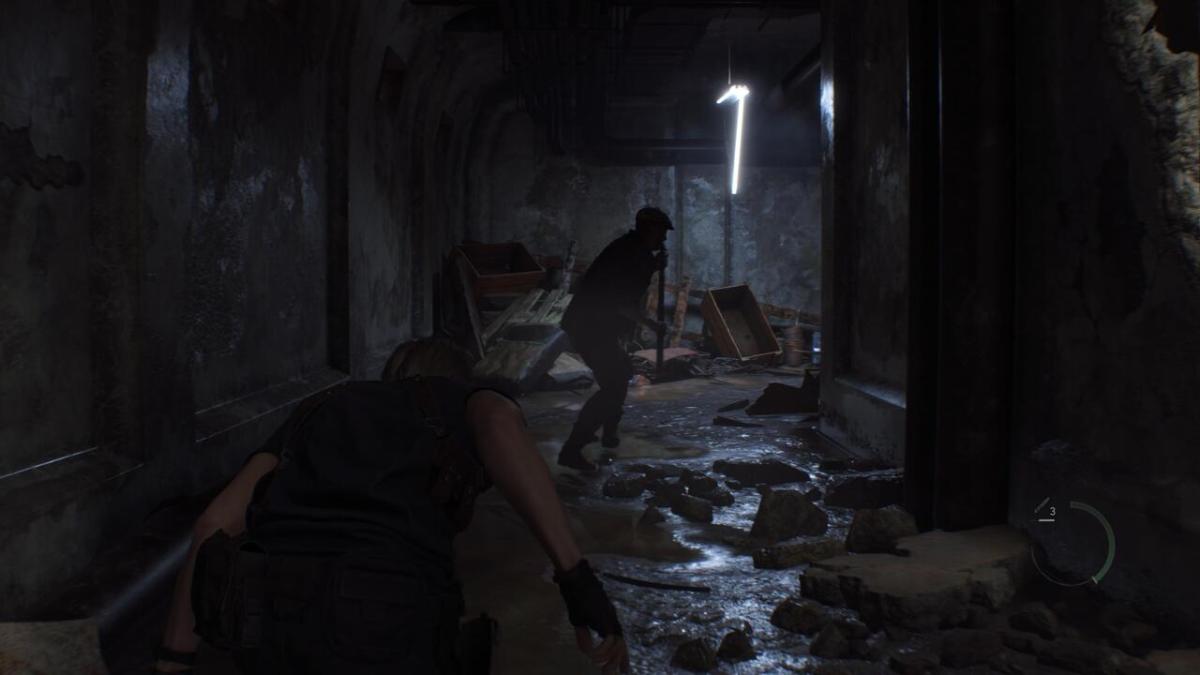Capcom’s Resident Evil remakes are some of the best-looking games on the market and Resident Evil 4 is no exception. If you’re playing on next-gen consoles like PlayStation 5 or Xbox Series X, then you’ll be treated to two unique graphical presets that take advantage of the next-gen horsepower in different ways. While the resolution and performance modes offered in Resident Evil 4 sound similar to other modes in similar games, there are a few key differences available here.
Resident Evil 4 Graphics Modes Differences
If you’ve played any next-gen game, then you should be familiar with the resolution and performance mode presets. The former targets a native 4K resolution with increased visual fidelity at the cost of framerate, while the latter targets a buttery smooth 60 FPS by sacrificing resolution and image quality. Resident Evil 4’s graphics modes follow the same pattern, but there’s a key difference: the framerate is unlocked in resolution mode.
Favor Resolution
If you choose resolution mode, then you’ll be treated to a native 4K image. Resident Evil 4 looks absolutely gorgeous in this mode and it does a lot to enhance the already thick atmosphere. While most games would feature a 30 FPS lock in this mode, Resident Evil 4 actually features an unlocked framerate while playing in this mode.
Related: What Does the Hair Strands Setting Do in Resident Evil 4?
While that means that the framerate can reach above 30 while using this graphics mode, it doesn’t mean that it’ll reach 60. This is similar to Resident Evil Village, which also featured an unlocked framerate in its resolution mode on PlayStation 5 and Xbox Series X. Unfortunately, this can make the image seem choppy on a display that doesn’t support Variable Refresh Rate, so an option to lock the framerate at 30 would be appreciated.
Favor Performance
If you’re the type of person that values framerate over everything else, then the favor performance preset is for you. This drops the resolution down to ensure a locked 60 FPS even during intensive scenes. The game will still be upscaled to 4K from a lower resolution though, so it’ll still look pretty good even if it’s not using a native 4K presentation. If you want to nail your shots and keep track of the action more easily, this is the mode for you.

Should You Use Ray Tracing or Hair Strands?
Resident Evil 4 also allows you to enable Ray Tracing and Hair Strands while using either graphical preset. If you use the resolution preset and turn off Ray Tracing and leave Hair Strands off, you’ll experience a more stable framerate. On the other hand, if you turn on Ray Tracing and Hair Strands while using the performance preset, the 60 FPS lock may not be as steady.
Fortunately, players are given the choice to use these fancy graphical features in either mode. Most games tend to turn these settings on or off based on your chosen graphical preset, so the ability to tweak things, even on consoles, is highly appreciated.









Published: Mar 23, 2023 10:29 pm